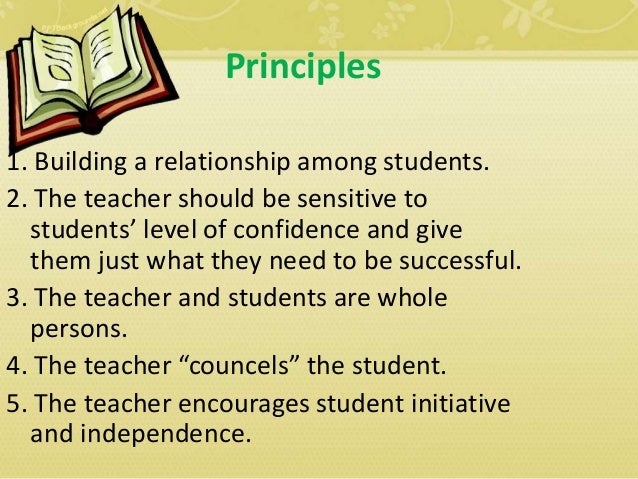Hi everyone!
we've been learning at Sarah Racker's class about the different popular methods teachers use.
However, I'll only be focused on the FOUR METHODS.
📆 WHEN WAS IT DEVELOPED? In the 1970's and 1980's.
📖 WHAT ARE THE FOUR METHODS? They are described as humanistic approaches.
❓ WHY? Because in three out of four cases at least, the designers are primarily concerned to lower the students' affective filters.
🔎WHICH ARE THE FOUR METHODS?
- COMMUNITIY LANGUAGE LEARNING
- THE SILENT WAY
- SUGGESTOPAEDIA
- TOTAL PHYSICAL RESPONSE
1)COMMUNITY LANGUAGE LEARNING
It is an approach in which students work together to develop what aspects of a language they would like to learn. Here the teacher acts as a counselor and a paraphrase, while the learner acts as a collaborator, although sometimes this role can be changed.
2) THE SILENT WAY
The Silent Way is commonly defined as a teaching method for foreign languages in which the teachers are mostly silent and use rods and charts as their main teaching tools. The method emphasizes the autonomy of the learner; the teacher's role is to monitor the students' efforts, and the students are encouraged to have an active role in learning the language. Pronunciation is seen as fundamental; beginning students start their study with pronunciation, and much time is spent practicing it each lesson. The Silent Way uses a structural syllabus, and structures are constantly reviewed and recycled. The choice of vocabulary is important, with functional and versatile words seen as the best. Translation and rote repetition are avoided and the language is usually practiced in meaningful contexts. Evaluation is carried out by observation, and the teacher may never set a formal test.
Purpose
1. Students should be able to use the language for self expression
2. Students need to develop their own inner criteria for correctness by each other or themselves without the dependence of the teacher
3. Students become independent by relying on themselves
3)SUGGESTOPAEDIA
Suggestopedia is method learning with the different situation, in this method students can learn with colorful room, music, peace, and so on.
characteristic:
the most conspicuous characteristics of suggestopedia are the decoration, furniture, and arrangement of the classroom, the use of the music, and the authoritative behavior of the teacher.
Approach: theory and learning
Six principal theoritical components through which de-suggestion and suggestion operate and that set up access to reserves.
§ Authority: people remember best and are more influenced by information coming from the authoritative source.
§ Initialization: authority is also used to suggest a teacher –students relation like that of parent to child.
§ Double-plannedness: the learners learn not only from the effect direct instraction but from the environment in which the instruction takes place.
§ Intonation
§ Rhythm, and
§ Concert Pseudo-passiveness:
4) TOTAL PHYSICAL RESPONSE
Total Physical Response is a teaching technique whereby a learner (usually young learner) responds to language input with body motions. This could be, for example, the acting out a chant, opinion, etc. One of benefit is that TPR allows for low anxiety learning since students don't have the stress of producing language. 'Robot' is an example of a TPR activity, where the teacher commands her robots to do some task in the classroom. Acting out stories and giving imperative commands are common TPR activities. Great for early stages but difficult to teach complex language.
Guiding Principles
1. Uses psycho-motor systems to teach vocabulary and sentence form
2. Students not forced to speak until ready
3. Command forms used to convey information
4. Builds gradually in complexity
5. Supports kinesthetic learning style.





